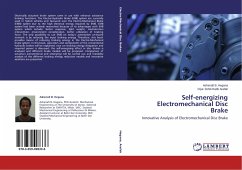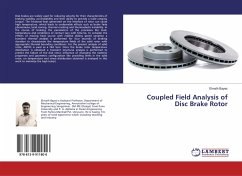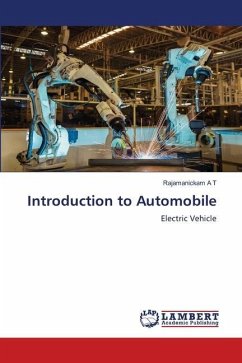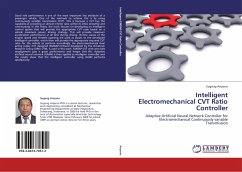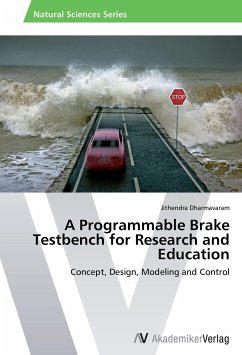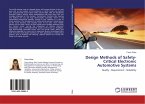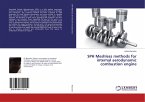Electrically actuated brake system came in use with enhance assistance braking functions. The Electro-Hydraulic Brake (EHB) system are currently used in hybrid vehicles and favoured over the Electro-Mechanical Brake (EMB) system due to the high electrical energy required by EMB. EMB system had been actively researched because of its advantages with EHB system which include: better response, light weight, mechatronics intervention, environment consideration, better utilization of braking force. The only possibility to use EMB on today's automotive on-board network is by reducing the input braking energy. Therefore, this book provides means of reducing braking energy in the Electro-Mechanical brake system. In this book, operation and components of the conventional hydraulic brakes will be explained; race car braking energy dissipation and required power is discussed; the self-energizing effect in disc brakes is analysed and different brake models will be proposed. Comparison of actuators (conventional and emerging) will be carried out and feasibility analysis of the different braking energy reduction models and innovative solutions are presented.
Bitte wählen Sie Ihr Anliegen aus.
Rechnungen
Retourenschein anfordern
Bestellstatus
Storno

